Vermouth is one of the trendy drinks with the greatest trend on the rise for this 2022, since it is a high-quality wine, delicious and with different nuances from other wines.
There are different types of vermouths, among which white and red stand out for being the most commercial and famous, which is why we have investigated the characteristics of each of them.
And that is what we will show you in this post: the differences between white and red vermouth and when you should take one or the other.
In addition, you will see the elaboration process that this type of wine entails and how each one is defined.
You will leave the article an expert in vermouth wines.
What is white vermouth?
White Vermouth is a dry wine that is made from herbs that do not have bitter aromas, based on vanilla and different citrus fruits.
It is considered a dry vermouth, but with a little sweet touch, and is very similar to dry vermouth. That is why it has become the most consumed in the world.
Its origin is French, dating back to the 19th century, when Joseph Noilly created it.
The price of a 1-litre white vermouth is around 12 euros, although it can reach 20 euros.

What is red vermouth?
Red Vermouth is the most common in Spain and has a sweeter touch thanks to the caramel and cinnamon that give it its colour and aroma. In addition, it is made with aromatic herbs and spices.
That is why it is considered a slightly bitter wine. However, in Italy, its country of origin, there is a red vermouth that has a bitter touch at the end of its journey on the palate.
The price of red vermouth is between 18.5 euros and 28 euros.

Discover our selection of Vermouth
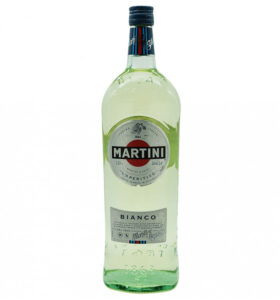 MARTINI BLANC 1,5 L
|
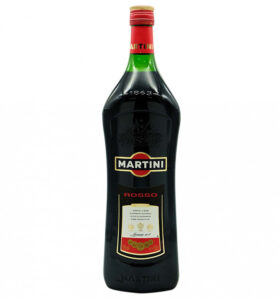 MARTINI VERMELL 1,5 L
|
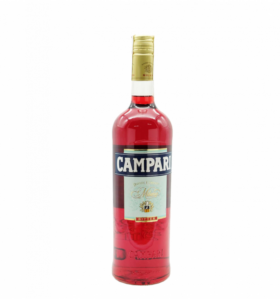 CAMPARI 1 L
|
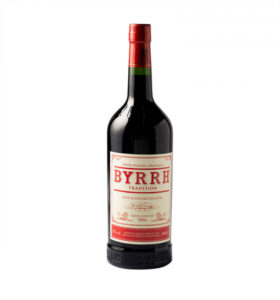 BYRRH 1L
|
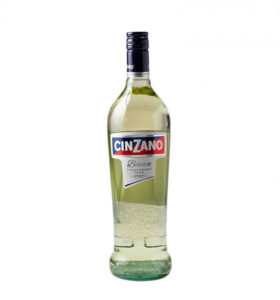 CINZANO BLANC 1L
|
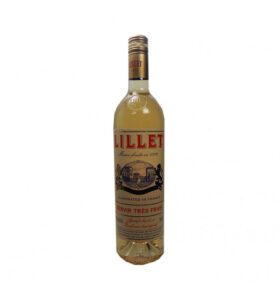 LILLET BLANC 75 CL
|
Differences between White Vermouth and Red Vermouth
These wines are delicious, since their variants when enjoying a meal, as a snack or to spend an afternoon-evening with friends, make them the ideal companion.
Now, what are the differences between white Vermouth and red vermouth? Let’s see.
The manufacturing process is different
The main difference is that the process with which both vermouths are made is different from the beginning.
But let’s leave a clear detail: the base of both vermouths is white wine, alcohol, sugar, and the different herbs that are used in the infusion.
To begin with, red vermouth is dominated by wormwood, which makes it a little more bitter; while in white vermouth citrus fruits predominate, making it smoother.
The alchemical processes make another important difference, since in the red all the botanicals are added to the process in a dehydrated state; and in the white, the botanicals are added in a green or natural state.
On the other hand, red vermouth has different components that give it that dark colour, such as caramel, cinnamon and hibiscus flower.
In comparison, the white has peppers from Padrón, which gives it a lighter tone and an herbaceous hue.
Red vermouth is sweet; white vermouth is dry
White vermouth is a much more natural, floral, and smooth wine, in addition to having a very low bitter touch.
The flavour of red vermouth is more oriented to aromatic Mediterranean spices.
These details give rise to an idea of strength and flavour regarding sex and consumption, that is, that white vermouth was designed for women, and red vermouth for men.
And, although white wine is more associated with women, especially in France and Italy, in Spain women are often seen drinking red wine without distinction.
Red vermouth is better known than white in Spain
This reality dates back four centuries, to Bavarian Germany, where vermouth as a delicious and accessible drink began to spread throughout France, Italy, and Spain.
At that time, the manufacturers of vermouth wine, faced with the challenge that finding and managing the different wine bases represented for them, which came from wines with many years of aging, opted for natural red.
And it was this custom that became popular throughout Spain, giving red as the usual vermouth, and not white.
Today, red vermouth wine offers high quality, since the botanicals are processed in a better way and the original flavour of the wine, fresh and rich, is maintained.
Differences in the combination of both vermouths
This is a key point when drinking Vermouth wine. And many wonder how white and red vermouth is served.
Well, observe its differences and, at the same time, the best recommendations so that the combination of vermouth with other foods is special and enhances its flavour.
How to serve vermouth wine
The white vermouth is served with an olive, plus you can spice it up with ginger or, if you want a more refreshing and citrus touch, add a little green apple.
And what about the red vermouth? This goes very well with a small strip of orange or grapefruit peel, which subtracts a sweet tone and adds a little bitter taste.
How to combine vermouth wine
White vermouth can be combined in the same way as with ginger ale: with tonic.
Instead, red vermouth is paired with whiskey or ginger ale, a fizzy drink made with lemon, ginger, and sugar.
Today, vermouth drinks are very versatile, which has given them new possibilities in the field of cocktails.
What’s more, the popular Old-Fashioned cocktail is being innovated, replacing whiskey with red vermouth. And many bartenders are innovating with white vermouth.
Therefore, the future possibilities of red and white vermouth are endless. What we do know is that these wines will be much more popular in 2022.
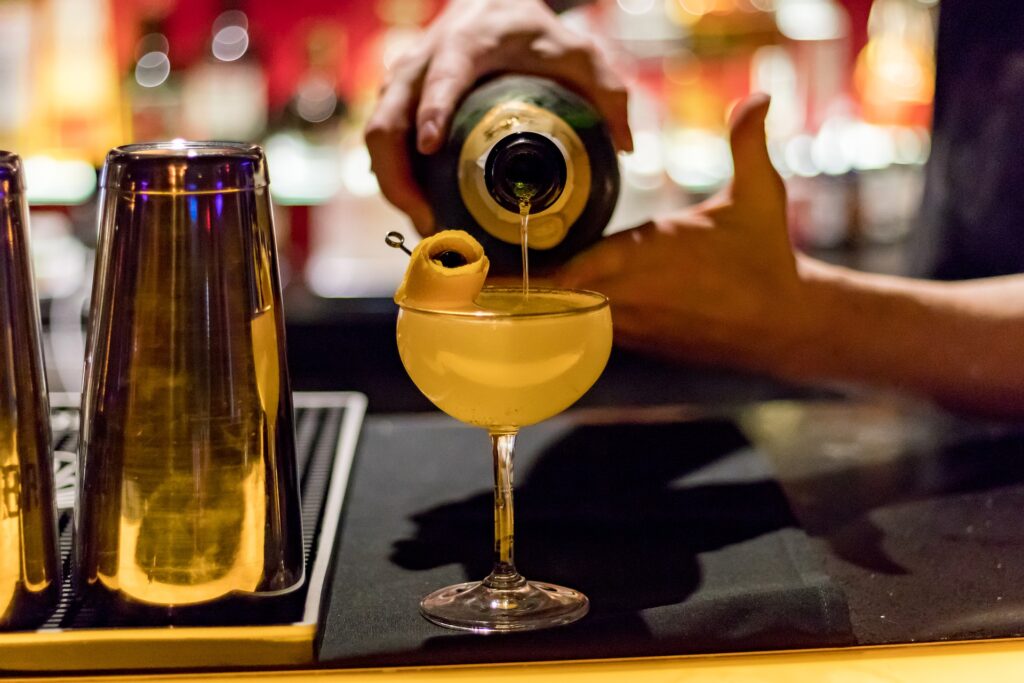
How vermouth is made
The preparation and elaboration of the Vermouth is based on a wine macerated with different plants and other botanical elements.
As already mentioned, the base of the vermouth wine is white wine, alcohol, sugar and all the herbs from the process.
And, although the manufacturing process depends on each manufacturer, they all tend to have these operations in common:
1. Choose a white wine that has low alcohol content and, in some cases, is aged.
2. If it is red vermouth, add caramel, sugar, and cinnamon; if it is white vermouth, small hot green peppers are added.
3. The liquid is then infused, where all the herbs and botanicals are added according to the formula and type of vermouth.
4. The product is well macerated, and, at the end, it is strained or filtered.
5. It is given a rest and bottled.
Vermouth: perfect to accompany your nights
After knowing the differences between white and red vermouth, as well as the best ways to serve and combine it, it is time to try this delicious drink in 2022.
Remember, these drinks differ in the way they are served, their flavour, colour, popularity in Spain, combination, and preparation.
What we are sure of is that you will be able to enjoy a fresh, delicious, and relaxing drink for the palate.
